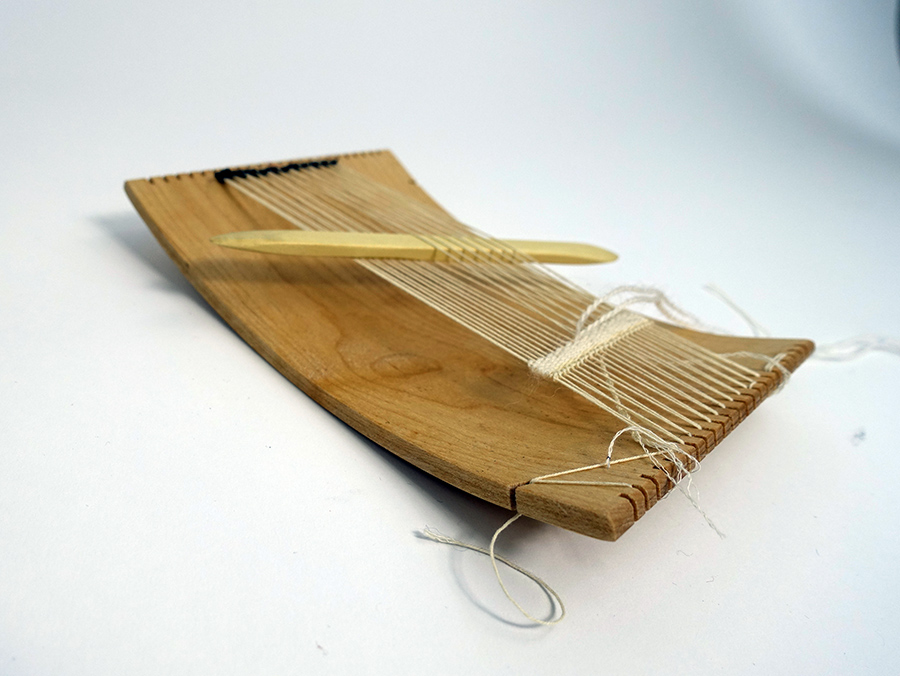I have grown quite a collection of small looms over the last few years. I have some favorites and you can see some of them in THIS blog post. But the new kid on the block is definitely Mirrix’s Saffron Pocket Loom.
….
This loom is small. And it comes apart into 3 pieces—the top, bottom, and threaded rod. For most people that might not be noteworthy, but in my life before coronavirus, I traveled a lot. My suitcase space when I’m traveling to teach is precious and bringing multiple small looms actually takes up quite a bit of room. The Saffron is tiny when disassembled which immediately led me to think that maybe I COULD provide small looms for relevant workshops now. Because I could fit 12 of these in a suitcase with no problem. I love this aspect of this loom.
But the real beauty of this loom is that it has tensioning. I don’t know of any other loom this small that provides a tensioned warp. This loom does it really well through a simple threaded rod. After warping, the tension can be increased by simply loosening the top nut and tightening the one under the top bar of the loom. When final tension is achieved, the top nut can be snugged up against the top bar and you have excellent tension. I never thought I’d see a loom of this size with adjustable tension. Being able to adjust the tension on a small piece is so wonderful.
Thanks for rocking my world Mirrix.







